|
For the next two weeks or so I will be focusing on photos from in and around the Firestone Center for Restoration Ecology in Baru, Costa Rica.
0 Comments
This little beauty needs little introduction. a gray tree frog from the Kiamichi Mountains of Oklahoma
The Kiamichi Mountains, located in southeastern Oklahoma are some very old mountains. Probably now officially hills as they were giant in their day but have eroded down over the millennia. Beautiful no matter how you classify them. This photo was taken from Kiamichi Mountain looking more or less southwest showing the vast extent of this geographical area. Saw a lot of wildlife here. One fairly good sighting by two separate crews (of the same animal) including myself was what was almost certainly a jaguarundi. Not a positive for sure yes that is it sighting, but on the trail full animal view with all agreeing that was the most likely animal we saw. A bit outside of the range for this animal, so certainly worth noting here as a probable sighting by experienced wildlife biologists.
Nice little three-toed box turtle I ran into along the trail today.
While some of the things we catch in the mist nets are unusual, some are expected. We have to open nets early enough to catch early-flying bats, and there are often still a few birds flying around at this time. And for some reason, birds do seem to fly a bit late at night.
Here are three birds that I caught recently while netting for bats. Only the yellowthroat was caught flying in the dark outside of the transitional twilight time. And of some interest, most bat people really dislike catching birds, while most bird people dislike catching bats. Another beautiful animal from right near where I was sitting tonight, but this time only about 15 feet away. Amelia Goebel was working with me and she spotted this one, a southern black widow spider (Latrodectus mactans) with a web and burrow.
These spiders are fairly venomous, so some care was needed not to touch the web when photographing it as it would think a finger tapping the web would be prey and might shoot over for a bite. These spiders make webs, but are not orb weavers so the web is more of a scatter than the classic orb. Normally they hang upside down and the classic red hourglass is visible on their belly, but this photo is the top of the spider sitting on the web just above it's burrow hole and shows the nice top pattern. So while sitting in the forest waiting for the next mist net check for bats, I get the urge to look around to see what might be lurking nearby. I obviously work with bats and get to see loads of them, but there are other things out there at night worth a look.
So tonight, just some 30 feet away from where I was sitting I found this awesome animal, a northern rough green snake (Opheodrys aestivus). These are mostly insectivorous snakes and like to hang out in low brushy vegetation where their green color makes them nearly invisible. But I was able to spot this one and he was in a nice position for a photo. Some things about bats. This photo shows a number of things about bats (and bat work) and just thought I would talk about such things. This is an eastern red bat, Lasionycteris borealis, that I caught in a mist net and released after recording some information about it. The first thing of note with this bat is that it is not brown, which is the color most everyone associates with bats. Nor is it red like its name, but it is orange with white frosted tips on the fur. Absolutely beautiful animal that most have never seen up close, but rather common across the eastern United States. But this is a tree bat, not found in caves or attics, so easy to not see.
I am using a photo here with the mouth open to show the teeth, which are exposed because the bat is likely unhappy about being caught in a net and then handled. I would be pretty irate if someone did this to me, so I can't blame the bat for seeming to be unhappy. And the teeth are plentiful and sharp with well-developed incisors for dealing with insect prey. There is a gap, which is hard to see here, between the upper canines that allows the bat to produce echolocation calls without teeth getting in the way. Inside the ears there is a large protuberance called the tragus which focuses the returns of these calls so that bats can fly and feed in total darkness. Spiffy adaptations to night feeding on insects. And I have to state here that NO ONE should ever handle a bat without permits and precautions. These are protected animals that need permits to handle and any bat has some chance of rabies exposure which is fatal to humans. Just don't do it. Ever. If you want to see bats up close you really need to work with local wildlife professionals who capture bats and let them show you the animals. Which brings me to the bright blue rubber gloves in the photo. These are nitrile gloves that we use, one pair per bat, to prevent spreading disease between bats. They are not for our protection, but for the bat's protection (all bat handlers are vaccinated for rabies with current medical clearance as well). There are things out there like White Nose Syndrome that kill bats, and we take enormous precautions when handling bats to not spread any disease between our captured bats. So with the blue gloves explained, back to the bat. Here you can see one of the coolest adaptations of bats. Notice that the feet are, in general, opposite of human feet. Bat's knees are 180 degrees rotated from most any other mammal, allowing them to cling to a cave wall or similar and have their back exposed rather than their belly. I think this is one amazing adaptation to their lifestyle, and with this specific bat allows them to look like a deaf leaf on a tree with nearly perfect camouflage. The fur of bats varies widely. The red bat has fur on its wings out to the wrist and fully on the membrane between the legs. Some bats have no fur in any of those places and may not even have a membrane between the legs. But for bats like the red bat that eat insects, a whole bunch of species will actually capture insect prey in the tail membrane and move it to the mouth instead of just trying to snap it in their jaws. Kind of like netting insects in the tail membrane, yet another very cool adaptation. The last thing I will note is the eyes. All bats have eyes and none are blind. The expression "blind as a bat" is great but completely false since they all have eyes and many can echolocate even in light-free caves. But eye size and complexity varies greatly among bats. The red bats have relatively small eyes, while some bats have really big eyes. All adaptations to feeding regimes and needs of the bat species. Just a little bat education which I haven't done enough of lately. I had hoped to get up most or all of the bat coins in one stretch of blogging, but didn't happen. I do want to get back to my regular photo blog structure at least for most of the summer as there are, and will be, a lot of great photos.
So to start things off I offer up... a leafhopper from the Kiamichi Mountains of southeastern Oklahoma. Not my best photo from this great area of the US but it is the photo I was looking at when I figured out I had better get back to blogging. I love these little 1/4-inch red-eyed beauties. |
AuthorKeith Christenson - Wildlife Biologist Categories
All
Author
Keith Christenson Wildlife Biologist Archives
September 2021
|

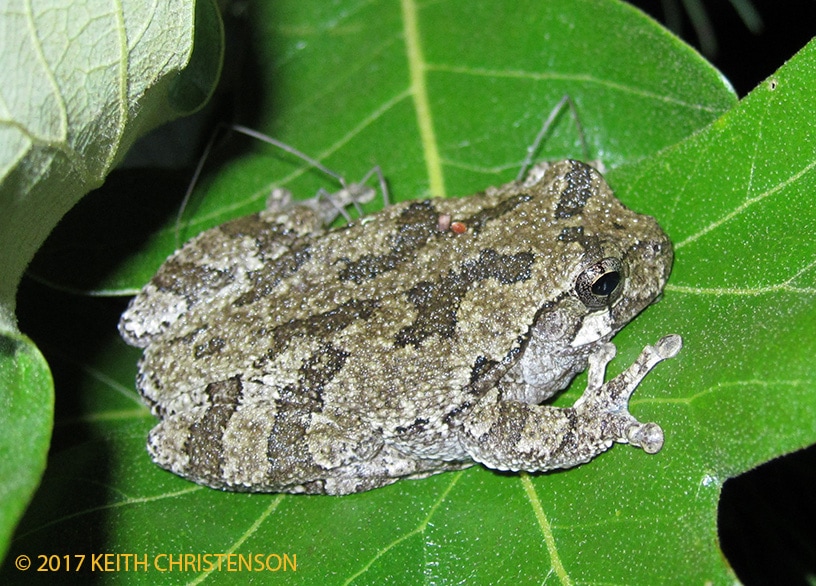

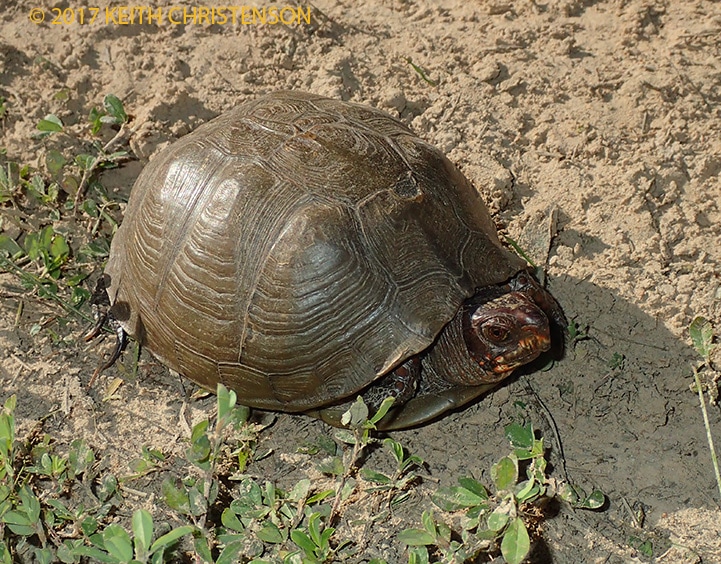
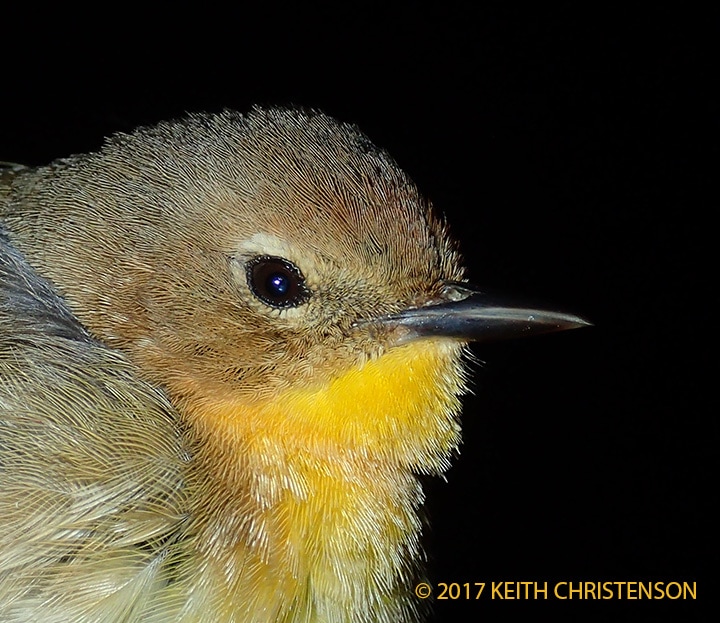
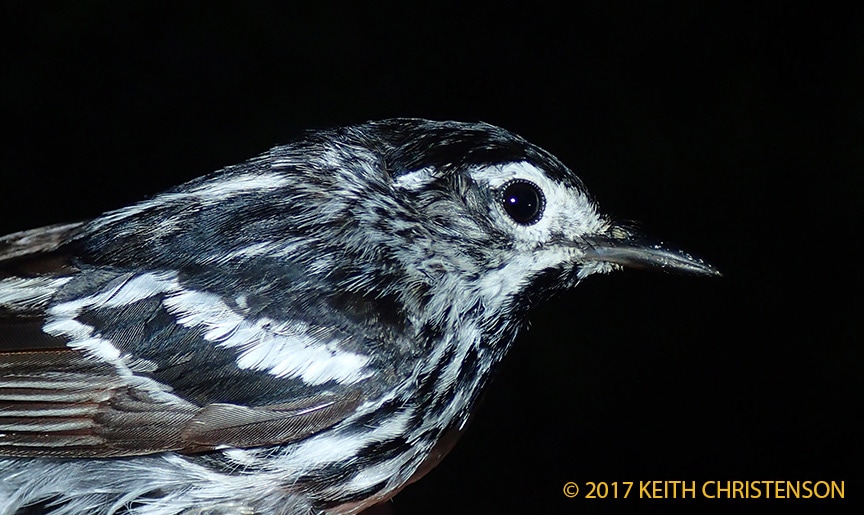
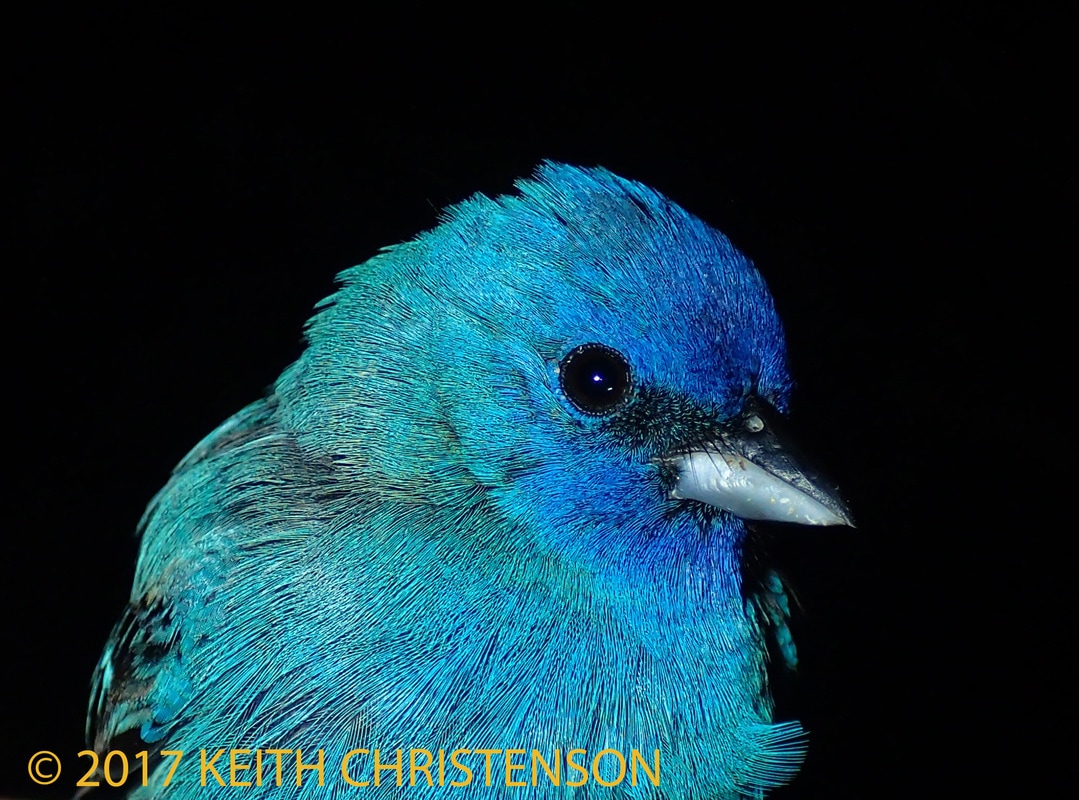
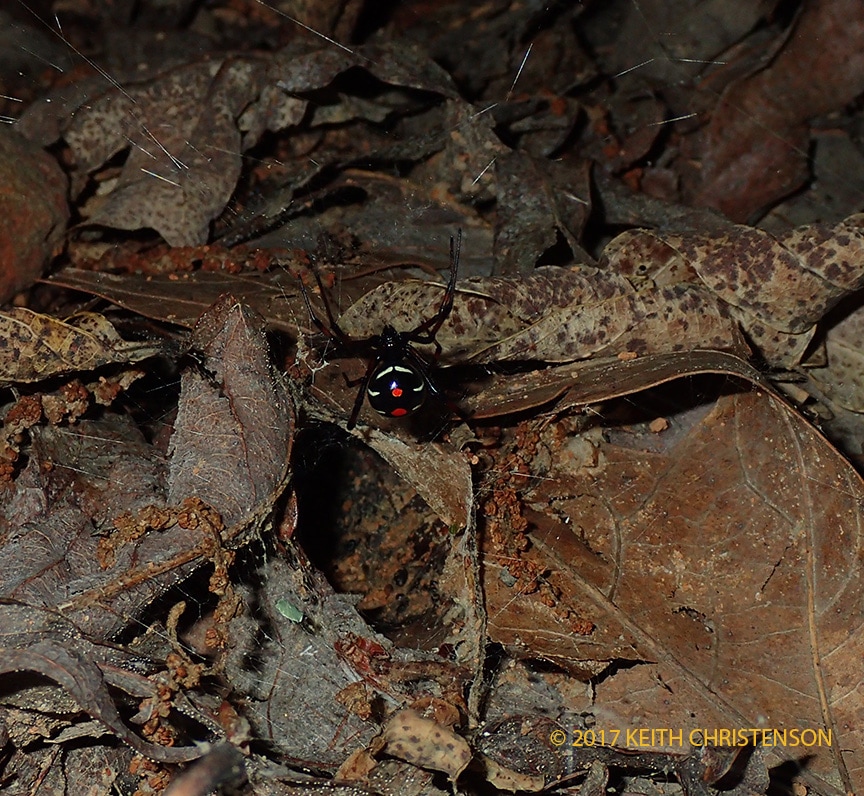
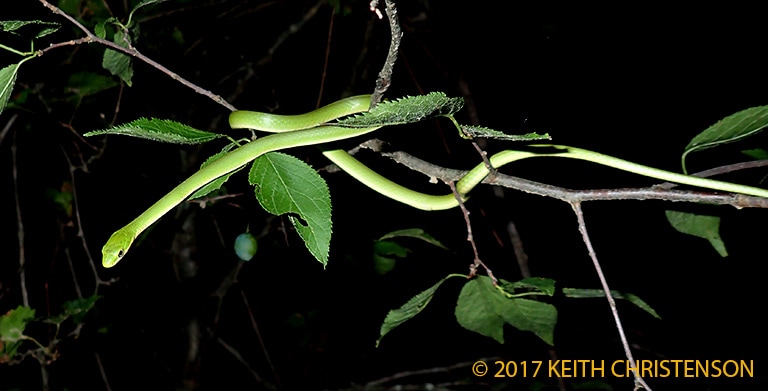
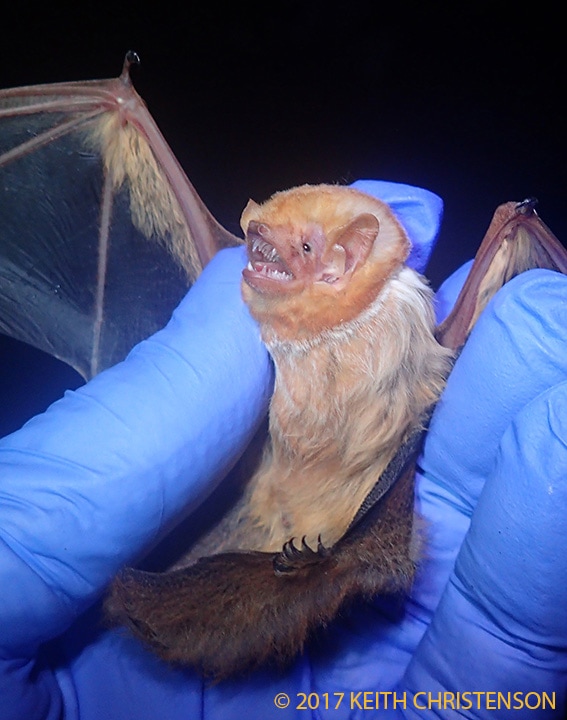
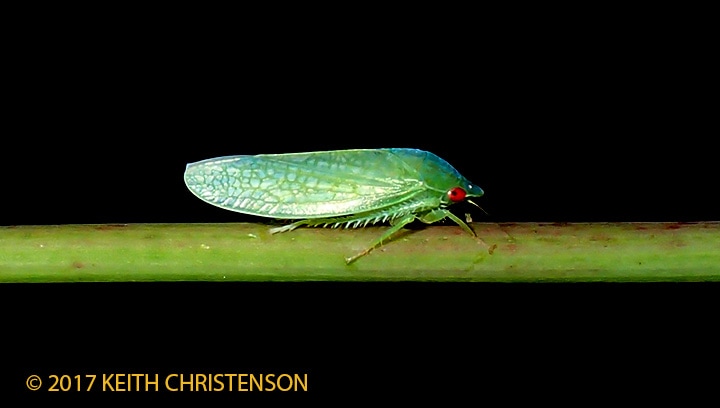
 RSS Feed
RSS Feed